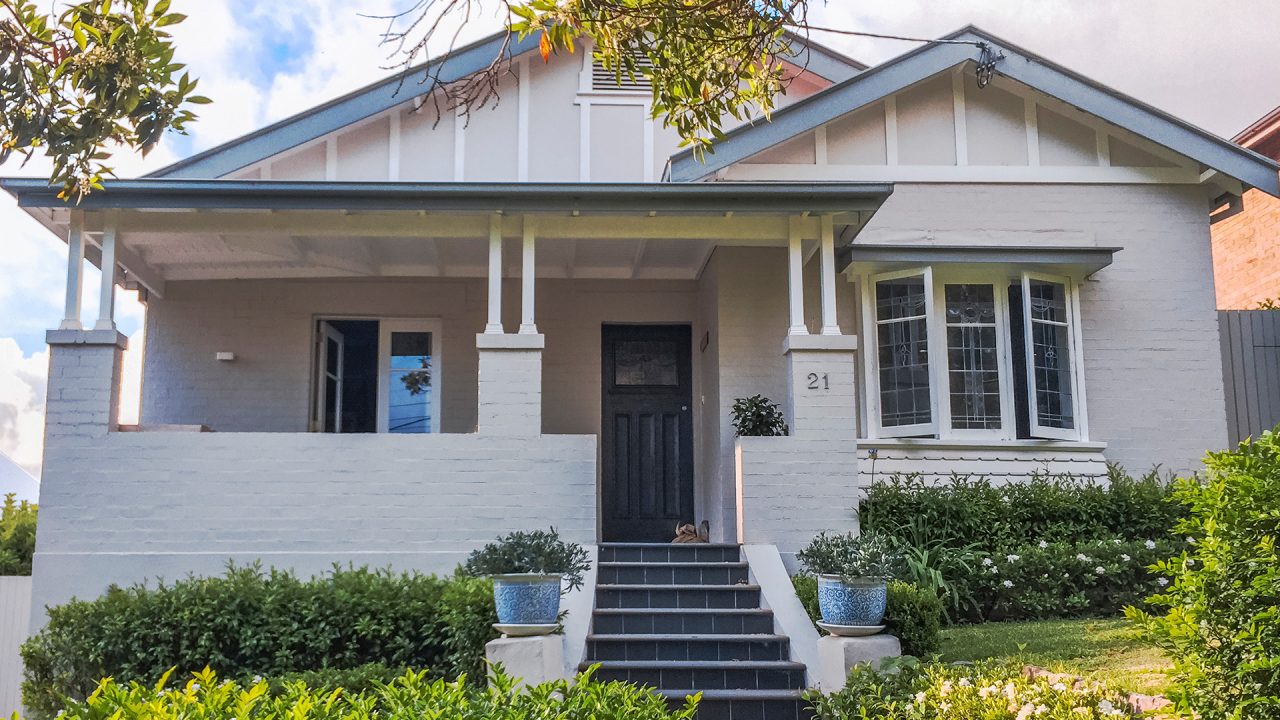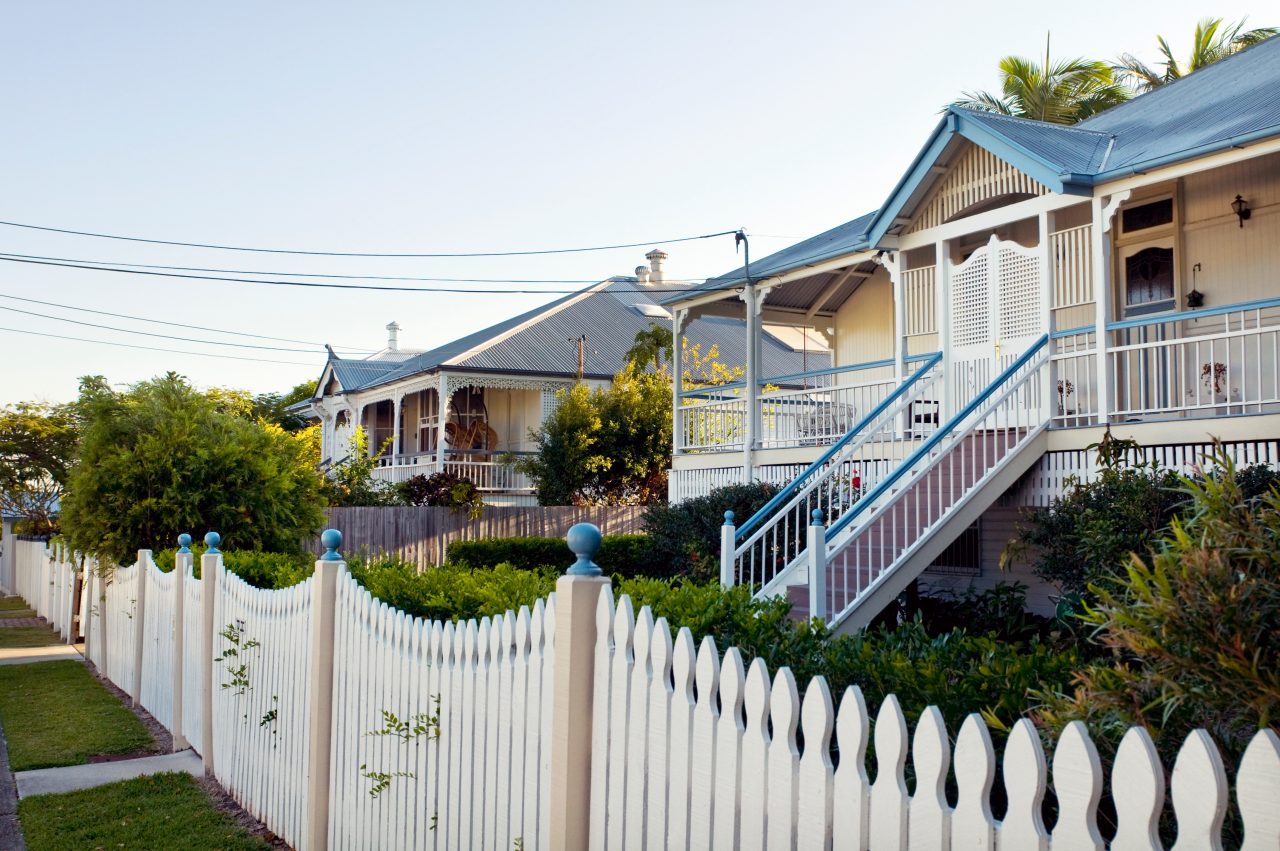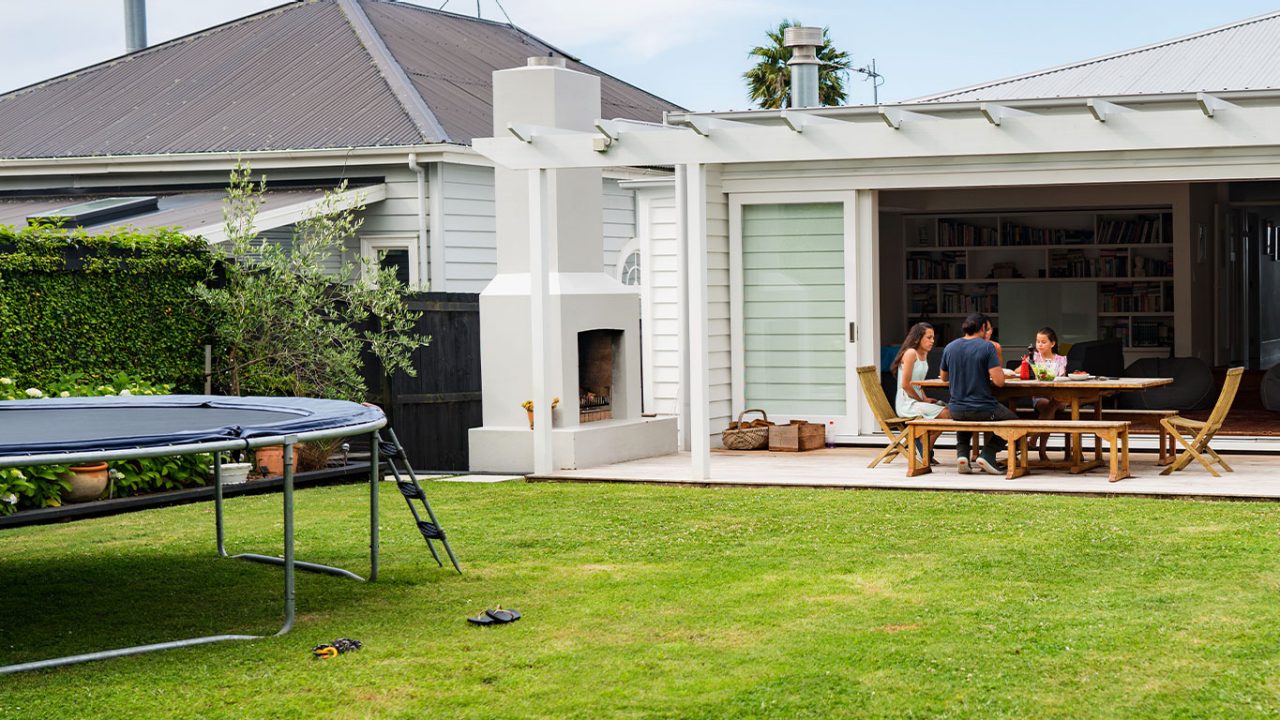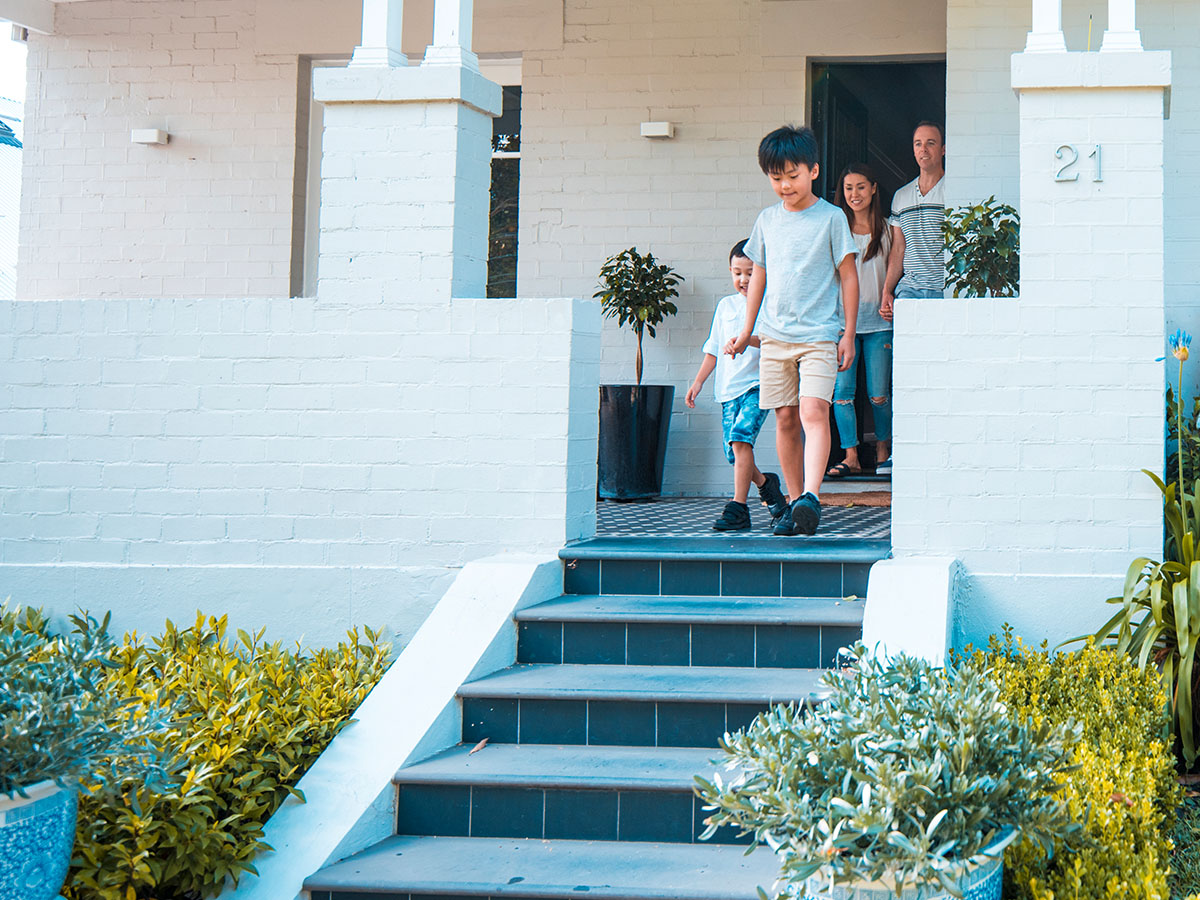Australia’s property market is showing its resilience. But the story isn’t consistent across the country.
Over 300 business leaders joined our November property update webinar, where Macquarie Business Banking’s National Head of Residential Real Estate, Dominic Thompson, and CoreLogic’s Research Director, Tim Lawless, discussed the diverse landscape of Australia’s housing market and what to expect next.
Explore the trends that emerged during the webinar.
1. Residential property market a three-horse race
“Despite interest rate hikes, lower levels of affordability and high cost of living pressures, Australian property values have seen consistent growth since February this year,” said Thompson. After dropping 7.5% between May 2022 and January 2023, the national housing value index has rebounded by 7.6% in the last nine months, rising another 0.9% in October1.
Lawless said the continued growth in housing values is due to consistently low supply levels, against the backdrop of sustained purchasing demand.
However, performance across the capital cities has been varied. Property values in Perth, Brisbane and Adelaide are seeing the strongest growth over the past three months, while Canberra, Darwin and Hobart remain relatively flat.
“Over the last quarter, Perth has seen 4.6% growth, with Adelaide and Brisbane not far behind at 4.2% and 3.8% respectively. Hobart and Darwin on the other hand only saw a 0.3% rise, with Canberra at a modest 0.7%,” said Lawless.
Although new listings started to pick up through winter in Sydney and Melbourne, these markets seem to be losing momentum. Values in Sydney rose 2.5%, while in Melbourne they increased 1.2% in the October quarter.
“In Perth and Brisbane, listings remain approximately 40% below average, and it’s a similar story in Adelaide. Interstate and overseas migration is also driving relatively strong demand in Perth and Brisbane. These are three capital cities where I'd expect to see ongoing strength,” said Lawless.
In the regional markets, slower migration rates and less of an affordability advantage compared with pre-COVID levels has slowed growth.
“Those markets in the liveable and commutable areas seem to be seeing a rebound in values. The Gold Coast, Sunshine Coast and the Illawarra are good examples,” said Thompson.
2. Market barriers stabilise purchasing activity
Despite net overseas migration hitting a new record of 454,400 in the year ending March 2023, with arrivals rising 103% from 20222, capital city transactions have stabilised.
“There’s a myth that high net overseas migration is flowing into purchasing activity. It’s not the case. Even though capital cities like Sydney and Melbourne have tailwinds from overseas migration, it doesn't necessarily flow immediately into purchasing demand,” explained Lawless.
Capital city transactions have stabilised around decade-average levels, serving as a reminder that there are a number of barriers for prospective buyers looking to get into the market.
“Consumer sentiment and transaction activity are closely aligned. Affordability is still quite stretched, even though housing values haven't recovered to last year’s record highs nationally. Borrowing capacity has reduced. We're seeing diminishing levels of high debt to income ratio or high loan to income ratio lending,” Thompson added.
During the pandemic, the gap between house and unit prices widened significantly, making units a much more attractive and affordable option for buyers.
“We're still seeing a 63% difference between capital city house prices and unit prices, which is well above average. There will be more of a deflection of demand towards the medium-to-high density sector,” said Lawless.
Property turnover has dropped back compared with recent peaks, with less than 5% of Australia’s homes changing hands over the last 12 months – below the decade average.
3. Vacancy rates are at a record low, but rental pressure is slowing
Rental vacancy rates across capital cities hit a new record of just 0.9% in October 2023, with regional areas at 1.2%. With overseas migration set to remain high, demand for rental properties is likely to sustain this trend.
However, rental growth seems to be losing steam across most markets. Renters may have reached a limit on how much more they are able to pay.
“Rental vacancy rates have never been this low. But it’s not the same story everywhere, and we’re seeing rents falling in markets like Hobart and Canberra,” Lawless pointed out.
Some renters might be more willing to form larger households, move back home, or delay moving out of the family home. These decisions could soften overall rental demand.
Despite this, investors now account for around 36% of mortgage demand3. A tight rental market and medium-to-long term opportunities for capital gain are likely behind this uptick.
4. Stimulus could support a struggling construction sector
The federal government’s strategic plan to build 1.2 million homes over next five years is great news for the construction sector. Delivering this volume of dwellings would be well above average completion levels.
But is the sector ready?
Although costs are stabilising to below average growth of 0.5% quarter on quarter, builders are struggling to see profit margins – posing the biggest challenge for getting supply into the market.
Annual approvals have also fallen to a decade low in September to 167, 1684. Coupled with margin pressures and short supply of trades, meeting these targets will be difficult.
“The unfortunate reality is, this supply stimulus is coming into a sector that’s fundamentally broken at the moment,” Lawless said. “Until we start seeing approvals lifting, we don't have any chance of getting close to the target of 1.2 million well located homes completed over the next five years”.
Looking ahead
With more supply coming onto the market and the impact of the RBA’s latest rate rise yet to be seen, it could be a different story for the Australian property market in the next quarter.
“While the housing market has continued to defy expectations, without a significant change in demand or supply fundamentals the current trends are likely to be sustained for some time,” Thompson concluded.
To discuss any opportunities for your business, please speak with your Macquarie Business Banking Relationship Manager or request a call.




